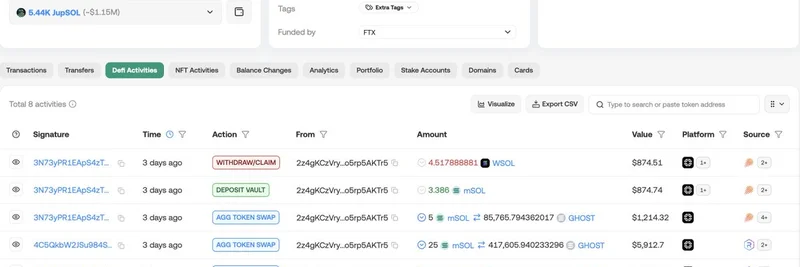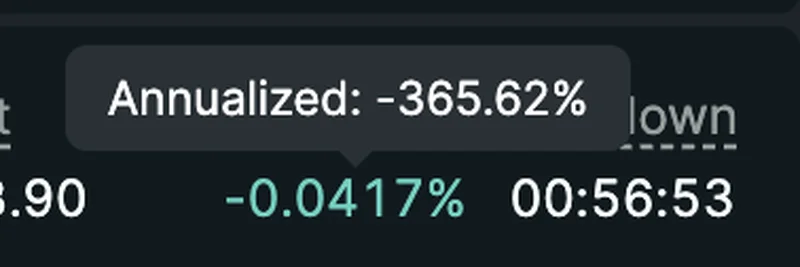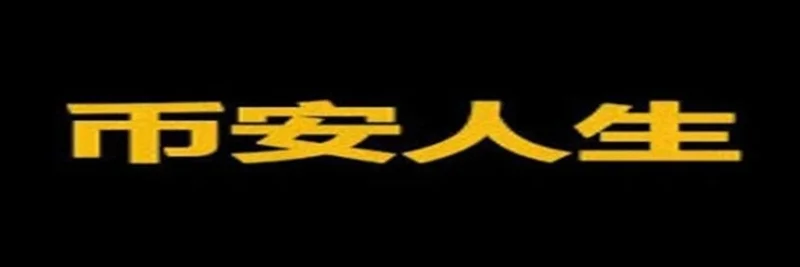A recent tweet from Solana Legend has the crypto community buzzing, drawing a clever parallel between traditional finance's Payment for Order Flow (PFOF) model and what's unfolding in the blockchain world. Accompanied by a classic "Always Has Been" meme featuring Robinhood and Citadel Securities, the post underscores how PFOF powered zero-fee trading in stocks and is now influencing crypto ecosystems like Solana.
Understanding Payment for Order Flow
Let's break it down simply: PFOF is when brokers like Robinhood route your trade orders to market makers (think big firms like Citadel) in exchange for a small fee. In return, market makers execute the trades, often providing better prices than public exchanges. This model allowed Robinhood to offer commission-free trading, which exploded in popularity during the 2021 meme stock frenzy. As the tweet points out, quoting Jay Jog from Sei Labs (and formerly Robinhood), PFOF wasn't part of Robinhood's initial plan but became their cash cow, forcing competitors like Charles Schwab to slash fees to zero.
In essence, it's a behind-the-scenes revenue stream that keeps user-facing costs low but has drawn criticism for potential conflicts of interest—market makers might prioritize their profits over the best user outcomes, leading to things like front-running where they trade ahead of your order.
The Crypto Twist: Order Flow on Solana
The tweet teases, "A similar thing is happening in crypto..." And boy, is it ever. In blockchain terms, this mirrors Maximum Extractable Value (MEV), where validators or searchers reorder transactions to capture profits from opportunities like arbitrage or liquidations. On Solana, known for its high-speed, low-cost transactions that make it a hotspot for meme token trading, MEV has evolved rapidly.
Take the recent stir around Helius, a popular Solana RPC provider. In August 2025, they rolled out an opt-in feature letting users earn SOL rewards by sharing in MEV from "backrunning"—where searchers execute harmless arbitrage right after your trade to update prices. Helius frames it as a win-win: users get rebates, apps monetize better, and it's all voluntary. But critics, including figures like Triton founder Ryan Long and Fluxbeam's Cloak Dev, cry foul, calling it "selling order flow" akin to Robinhood's Citadel deal. They worry it could lead to front-running, worse pricing for retail traders, and centralization, turning Solana into a "brochain" dominated by insiders.
This echoes broader Solana MEV debates. Tools like Jito enable bundle auctions where searchers bid for transaction inclusion, redistributing value but raising fairness questions. Replies to the tweet, like from Sei Network emphasizing infrastructure disruption, hint at competing chains like Sei optimizing for order-book trading to handle flow more efficiently.
Why This Matters for Meme Tokens
Meme tokens thrive on Solana thanks to its blistering speed and dirt-cheap fees—think Pump.fun launches and viral trades. But order flow dynamics directly impact liquidity and costs. If MEV mechanisms like Helius's feature scale, it could mean tighter spreads and rebates for traders, making meme plays even more accessible. On the flip side, if it enables exploitation, retail degens might face slipped trades or higher effective costs, dampening the fun.
For blockchain practitioners, this is a reminder to dig into infra layers. Projects like Sei or even Ethereum's PBS (Proposer-Builder Separation) are experimenting with ways to make order flow transparent and equitable. As Solana pushes upgrades like Firedancer for better performance, keeping an eye on MEV evolution is key to staying ahead.
Wrapping Up
The tweet nails it: Order flow has always been the game-changer, from TradFi to crypto. Whether Solana's approach boosts innovation or repeats old mistakes is up for debate, but it's sparking healthy discussions. If you're trading memes or building on-chain, understanding these mechanics can give you an edge. Check out the original thread on X and join the conversation—what's your take on crypto PFOF?




